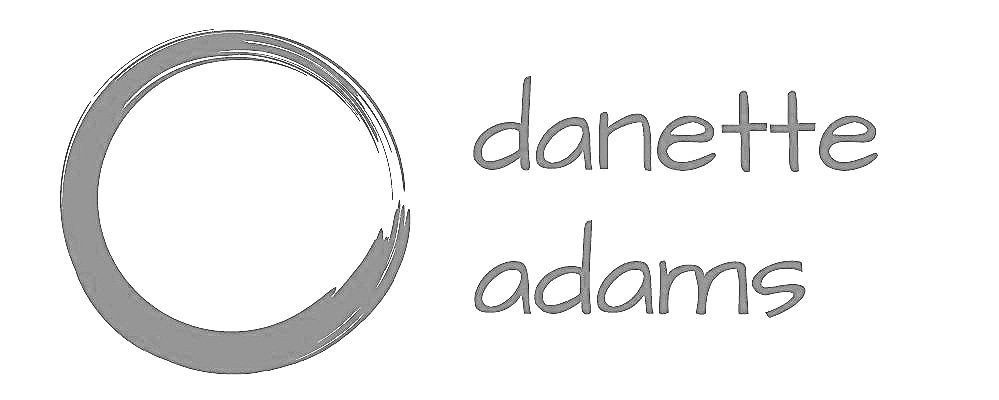exercise science (kinesiology) lesson
The Kinesiology class is also known as Grade 12 Exercise Science and my visit there was in the midst of their unit on the impact of stress and anxiety on athletic performance.
I began by dividing the students into two groups. Each group elected one member to participate in a small performance task on behalf of the group.
The task was to race against the other team’s elected student to the other end of the gym, step over a bench, grab a ball, step back over the bench and race back to the starting line. It was a simple task.
The students were ramped up by the ease of the task and ready to ace the race when I interrupted their early celebration with an additional last-minute requirement.
Each team was given five pieces of paper each having a “thought” written on it that might come into any mind in preparation for any performance. Before the race was allowed to begin, a team member had to read out each thought and the whole team had to determine whether or not it was a heavy thought or a light thought.
If the thought was heavy, their racer had to carry or put on a piece of equipment to represent the weight of the thought. The equipment included goalie pads, a medicine ball, glasses that obscured vision and a chest pad that restricted movement.
The heavy thoughts were:
• Absolutely everything is on the line here!
• Messing up right now, especially in front of all these people, will be the worst thing
that will ever happen to me!
• I won’t be the least bit surprised if I fail at this. Things like this always happen to me!
• I just need to be so much better than anyone else here or I will look like a total loser!
• Nothing ever changes. I always mess up eventually!
One team intentionally got all the heavy thoughts and the other, the light. This meant that one racer was eventually decked out in all the weighty equipment while the other had encouraging notes randomly taped to his body. It was clear by the facial reactions to the notes being read out that these were all-too recognizable thought patterns in this age group.
The light thoughts were:
• What a great chance to play and participate! How cool is it that I can grow my skill set and also learn from failure?
• How can I mess up too badly if the result I want is to make a real difference in the world by participating whole-heartedly in whatever I do?
• I’m incredibly grateful for some of the amazing things I’ve been able to accomplish so far.
• Comparing myself to others is a losing proposition. As soon as I compare myself to someone else, I eliminate the joy of whatever I’m doing.
• When I take the idea of “messing up” out of the equation, the only way to fail is to continue to choose to focus on how others see me instead of being true to myself.
Oddly, there was less recognition and even some eye-rolling when the light notes were read out. Patterns run deep.
It does not take a rocket scientist to figure out how this experiment turned out. The racer who was weighted down and had movements restricted struggled to perform even a simple task while the racer easily completed the task with his notes blowing lightly in the breeze he created as he ran.
The demonstration led into a discussion about how our thoughts impact our ability to perform even if that performance is not an athletic task.
It came down to:
1. Your body does not know that your mind is having distorted thoughts.
2. So your body assumes your mind is right on the mark and reacts with anxiety.
3. Distorted thoughts need to be noticed then addressed.
4. This is a skill.
5. A skill that needs to be developed with practice.
Athletes practice for performances all the time. They have body conditioning programs, run drills and work hard to develop important key skills related to their sport through repeated repetition.
But are the physical practices enough because when we are made up of more than just the physical? What about mind training? What about developing that mastery over thoughts that wreak havoc on self-confidence and undermine the developed physical skills during performance. Mind training is crucial for challenging distorted thinking patterns and can be helpful for any type of performance.
I then instructed the students to remove their shoes and socks and led them through a walking meditation in the gym. To introduce the idea of practicing meditation to notice their mind’s compulsion to run off on some distorted tangent was the goal of the exercise. And even if this was only a seed planted for most of the students, it was an incredible thing to see a whole class of senior students walking silently, paying attention to their feet touching the ground and beginning the process of recognizing distorted thoughts, one step at a time.


